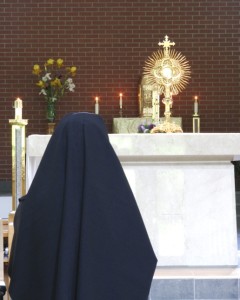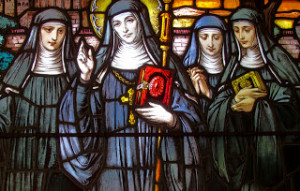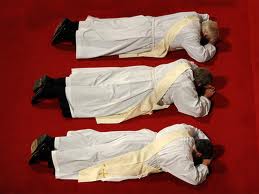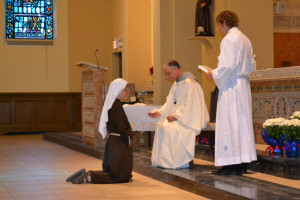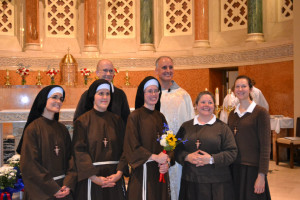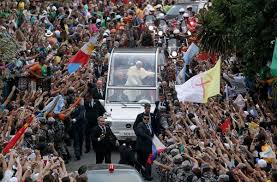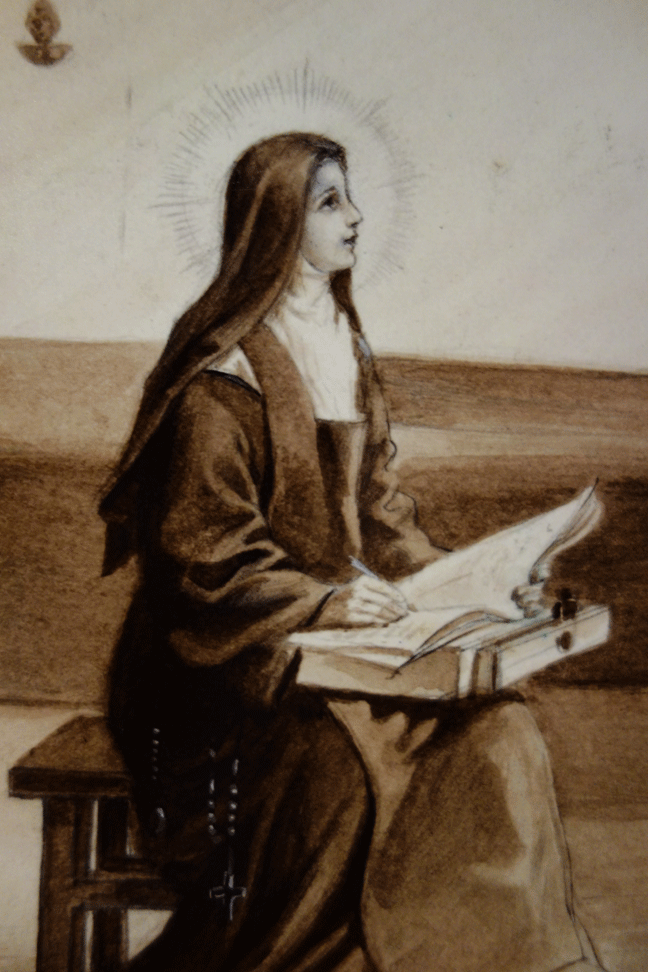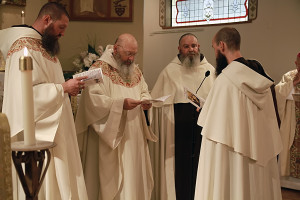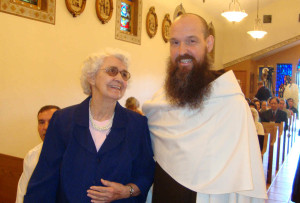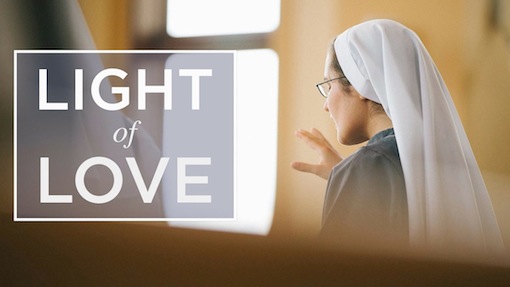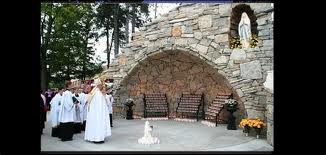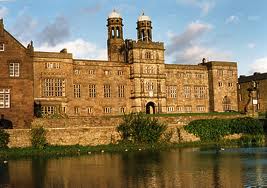 Ever since Pope Benedict’s visit to England in 2010, good news has been coming out of the island kingdom. Vocations are on the upswing, religious are moving in, and now we read about a new museum of Catholic artifacts, commemorating the martyrdom of the saints and the endurance of Catholicism, about to be established at Stonyhurst College. It is known as the Stonyhurst Christian Heritage Centre Project.
Ever since Pope Benedict’s visit to England in 2010, good news has been coming out of the island kingdom. Vocations are on the upswing, religious are moving in, and now we read about a new museum of Catholic artifacts, commemorating the martyrdom of the saints and the endurance of Catholicism, about to be established at Stonyhurst College. It is known as the Stonyhurst Christian Heritage Centre Project.
The project is the brainchild Lord David Alton, a pro-life hero, and Lord Nicholas Windsor, incredibly enough a member of the royal family. Lord Nicholas’ father is the the Queen’s first cousin, the Duke of Kent. Both Nicholas and his Mother, the Duchess of Kent, are converts to Catholicism. The Duchess’ grandson will one day become the first Catholic Duke of Kent since the Reformation.
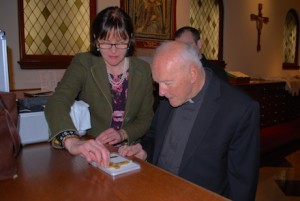
Many of the items to be put on display were kept for safekeeping at a Jesuit-founded school for English boys in France. The boarding school was founded in 1593 after Catholic schools were outlawed in England. When the school and the Jesuits returned to England, they established a home at Stonyhurst estate, home of Stonyhurst College. The artifacts now under their care include the rope that bound St. Edmund Campion at the time of his execution, a crucifix belonging to St. Thomas More and a Book of Hours believed to have been carried by Mary Queen of Scots as she went to her execution. See the full story in Crisis.
Stonyhurst alumni include Charles Carroll, the only Catholic to sign the US declaration of independence, and his cousin, Archbishop John Carroll, SJ, the founder of Georgetown University.
The museum was shuttered in the 1970’s but now the two Lords are raising the funds for what is described as the oldest private museum collection in the English speaking world.
“This priceless collection of Christian treasures is especially relevant in our secular age when there is widespread ignorance of our Christian heritage and indifference to the spiritual dimension of our lives.” Baroness Caroline Cox
Also, there is a new video recently released called: Faith of our Fathers – In search of the English Martyrs, which gives us a glimpse into the martyrdom of English Catholics during the Reformation. Produced by two diocesan priests, from the trailer it looks like a fascinating travelogue/pilgrimage to the places sacred to the memory of English Catholics, including visits to houses with secret “priest holes.”
